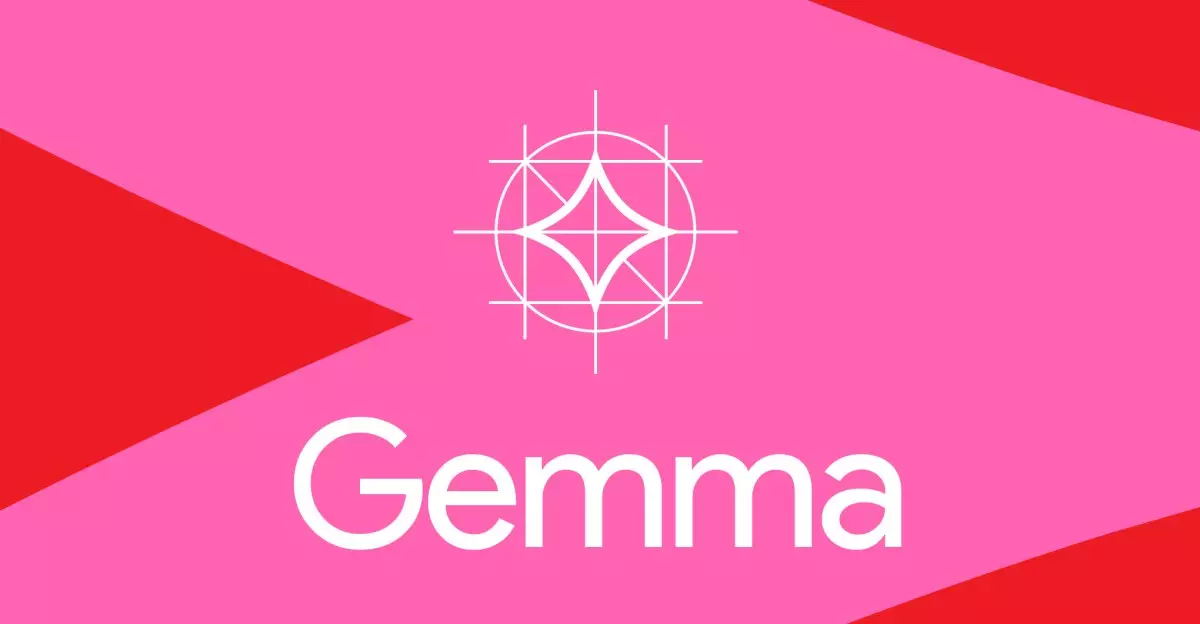In the rapidly evolving landscape of artificial intelligence, Google has made a significant stride with the launch of its updated Gemma 3 models. Just over a year since the release of its predecessor, these new models bring a host of advanced features, enhancing the way AI interacts with various forms of content. While many companies in the field have focused strictly on text or image processing, Gemma 3 sets itself apart by providing a versatile platform that can analyze images, short videos, and text alike. This multimodal functionality positions it at the forefront of a technological wave that aims to transcend traditional boundaries in AI capabilities.
A Model for the Masses
One of the most compelling aspects of Gemma 3 is its accessibility for developers. The new models are designed to function across a diverse range of devices, from smartphones to high-performance workstations, thus democratizing access to sophisticated AI technology. Boasting support for over 35 languages, Gemma 3 allows developers to create applications that cater to a global audience. This inclusive approach aligns with a broader trend in tech towards making advanced tools available to a wider user base, fostering innovation and collaboration.
Performance That Packs a Punch
Google asserts that Gemma 3 is “the world’s best single-accelerator model,” outpacing competitors from other AI giants like Facebook and OpenAI on single GPU systems. This claim is backed by performance metrics that highlight the advantages of using Nvidia’s GPUs and specialized AI hardware. Such optimization could revolutionize the way developers approach AI application deployment, enabling them to achieve far more within their existing infrastructure. However, while these assertions are impressive, the real test will be how these models hold up in real-world applications as developers begin to explore their full potential.
Safety Measures and Ethical Considerations
In a world where AI’s potential for misuse is constantly under scrutiny, Google has taken significant steps to address safety concerns with its new ShieldGemma 2 image safety classifier. This tool filters content deemed inappropriate—ranging from sexually explicit to violent—providing a framework for responsible AI usage. Although the company has indicated a low risk in Gemma 3’s potential for misuse in crafting harmful substances, the mere existence of these safeguards raises vital questions about the ethical dimensions of AI development. Open discussions around misuse—along with Google’s licensing restrictions—represent a proactive stance in this evolving dialogue.
Fueling Academic Research
Notably, Google is also turning the spotlight on academic research through its Gemma 3 Academic program, which provides $10,000 worth of Google Cloud credits for eligible researchers. This initiative underscores the company’s commitment to advancing research in AI, opening doors for innovation in academic institutions that have traditionally faced resource constraints. By providing valuable tools and resources, Google appears invested in nurturing the next generation of AI researchers, ensuring that they have the means to explore uncharted territories in this exciting field.
In sum, Google’s Gemma 3 embodies not just an incremental upgrade but represents a thoughtful convergence of technology, accessibility, and responsible innovation. Given the ongoing discourse surrounding ethical AI practices, the implications of these advancements will likely reverberate far beyond their immediate technical capabilities.

